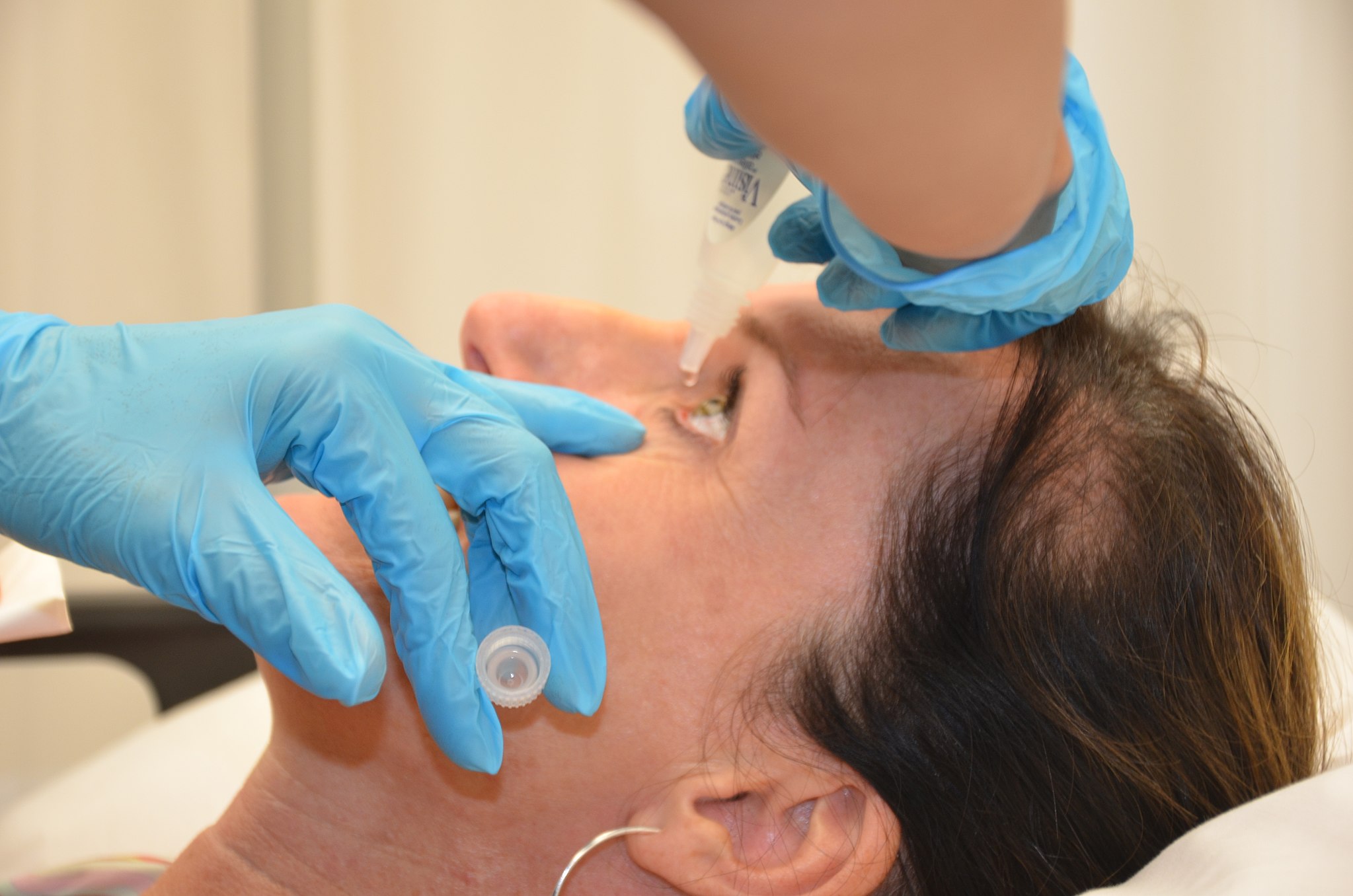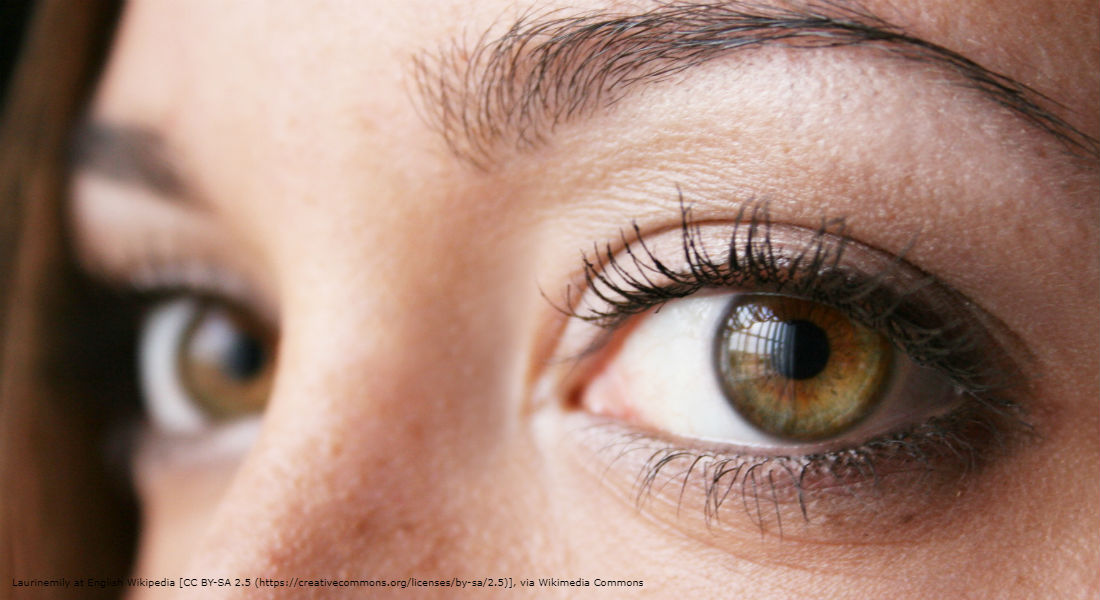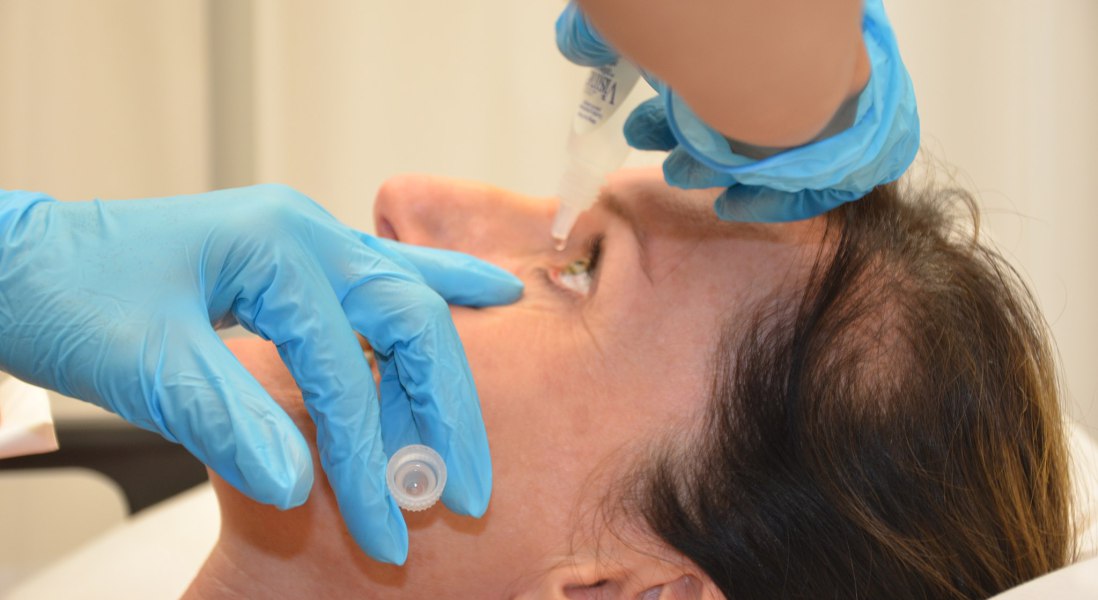A stem cell-based retinal implant may one day help to restore sight in patients with dry age-related macular degeneration, according to researchers at the University of Southern California (USC) Roski Eye Institute. According to preliminary results of their small Phase I/IIa study – which was published in the journal Science Translational Medicine – the retinal implant was found to be both safe and well-tolerated and even showed improvements in visual acuity in one patient.
“This is the first human trial of this novel stem cell–based implant, which is designed to replace a single-cell layer that degenerates in patients with dry age-related macular degeneration,” said lead author and surgeon for the study Dr. Amir H. Kashani, assistant professor of clinical ophthalmology at the Keck School of Medicine of USC. “This implant has the potential to stop the progression of the disease or even improve patients’ vision. Proving its safety in humans is the first step in accomplishing that goal.”
The retinal implant consists of a thin synthetic substrate coated with human embryonic stem cell–derived retinal pigment epithelium cells. While five patients were enrolled in the trial, only four underwent the implantation procedure.
Up to one year after the procedure, none of the patients had experienced any severe adverse events related to the retinal implant, suggesting that a favourable safety profile for the procedure. Even more encouraging was the finding that the implant successfully integrated with the retinal tissue in the eye, potentially allowing it to have a positive effect on a patient’s vision.
While the early-stage clinical trial was largely designed to assess the safety of the retinal implant, Kashani and his colleagues noted that one patient was able to read 17 additional letters on an eye chart, demonstrating an improvement in visual acuity. Two patients had better vision in the retinal area where the implant was placed, and none of the four patients included in the study showed signs of worsening age-related macular degeneration.
“Our study shows that this unique stem cell–based retinal implant thus far is well-tolerated, and preliminary results suggest it may help people with advanced dry age-related macular degeneration,” said coauthor and lead inventor of the implant Dr. Mark S. Humayun, director of the USC Institute for Biomedical Therapeutics and co-director of the USC Roski Eye Institute.
About 1.7 million people in the US suffer from age-related macular degeneration, which results in the progressive loss of central vision. Unlike wet age-related macular degeneration, the dry type is the most common form of the eye disease, however its underlying cause is unknown.
While there are no approved treatments for dry age-related macular degeneration, ClinicalTrials.gov currently lists 17 interventional trials of potential therapies. The trials are being conducted by small technology and medical device companies like Pixium Vision and LumiThera, along with larger pharmaceutical sponsors like Johnson & Johnson’s Janssen.










Join or login to leave a comment
JOIN LOGIN